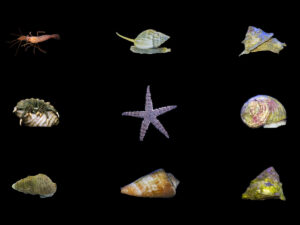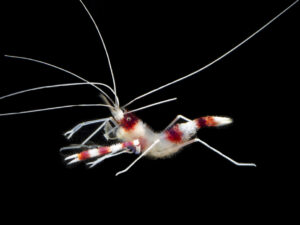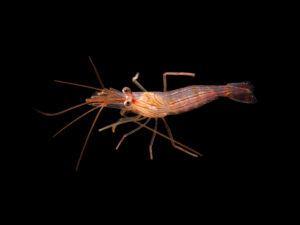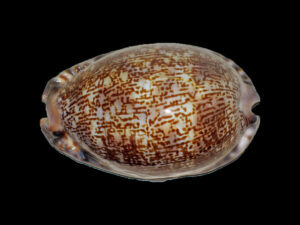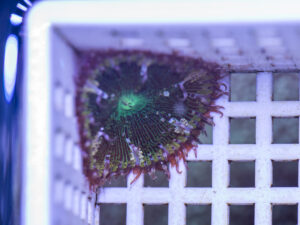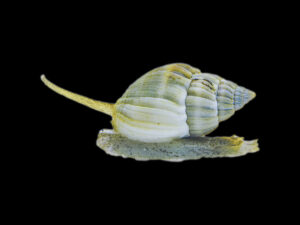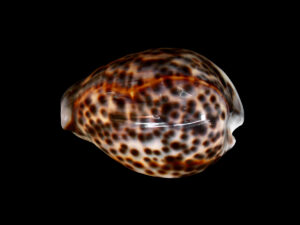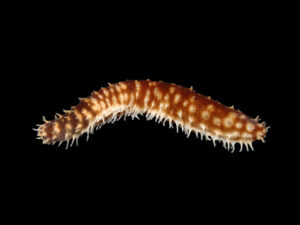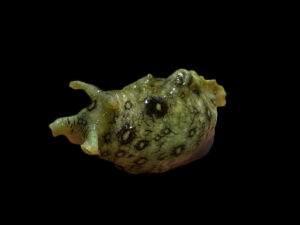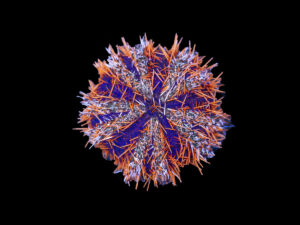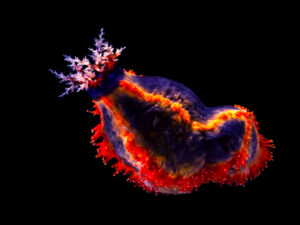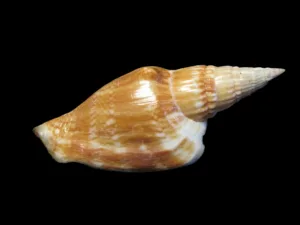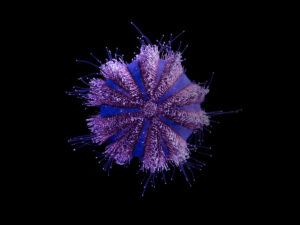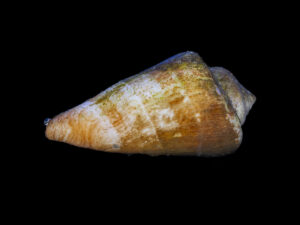Related products
-
21%
Clean Up Crew Packages
$37.50 – $550.00Select options This product has multiple variants. The options may be chosen on the product page -
Hot
Coral Banded Shrimp
$50.00 – $125.00Select options This product has multiple variants. The options may be chosen on the product page -
33%
Peppermint Shrimp
$15.00 – $100.00Select options This product has multiple variants. The options may be chosen on the product page -
Arabian Cowrie
$25.00Select options This product has multiple variants. The options may be chosen on the product page -
-
31%
Nassarius Snail
$6.50 – $45.00Select options This product has multiple variants. The options may be chosen on the product page -
Tiger Cowrie
$35.00Select options This product has multiple variants. The options may be chosen on the product page -
Tiger Tail Cucumber
$25.00Select options This product has multiple variants. The options may be chosen on the product page -
Winged Sea Hare
$35.00Select options This product has multiple variants. The options may be chosen on the product page -
Collector Urchin
$45.00Select options This product has multiple variants. The options may be chosen on the product page -
Sea Apple
$45.00Select options This product has multiple variants. The options may be chosen on the product page -
25%
Campbell’s Strombus Snail
$10.00 – $75.00Select options This product has multiple variants. The options may be chosen on the product page
Turbo Snail
$5.00 – $70.00
Please Note: Due to variations within species, your item may not look identical to the image provided. Approximate size range may also vary between individual specimen.
Deep dive >
Quick Stats
- Dietry Requirements
- Compatible With
- Maximum Invert Size (cm)
- Minimum Tank Size (L)
- Same Species Aggression
- Other Species Aggression
- Care Requirements
The Turbo Snail is a powerhouse when it comes to cleaning algae and detritus from your aquarium.
In the wild, Turbo Snails are often found in crevices and holes of the reefs, quietly serving as one of nature’s more diligent housekeepers. In the home aquarium, the Turbo Snail is equally as peaceful and useful. Most prefer ample hiding places and large amounts of room to graze, preferably amongst live rock. They will also feed on the algae covering aquarium glass. Combined with their easy care requirements, the Turbo Snail is ideal for both beginning and advanced reef hobbyists.
Dried seaweed can serve as the perfect dietary supplement for the Turbo Snail, especially when natural food sources are insufficient. Like many other invertebrates, the Turbo Snail is also very sensitive to copper-based medications and prefers low nitrate levels.
Related products
-
Sea Apple
$45.00Select options This product has multiple variants. The options may be chosen on the product page -
Hot
Tuxedo Urchin
$45.00Select options This product has multiple variants. The options may be chosen on the product page -
Hot
Coral Banded Shrimp
$50.00 – $125.00Select options This product has multiple variants. The options may be chosen on the product page -
12%
Strombus Snail
$12.50 – $110.00Select options This product has multiple variants. The options may be chosen on the product page
